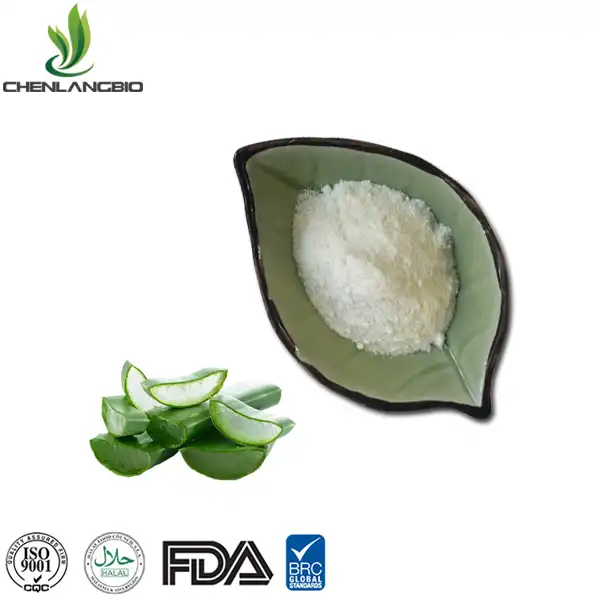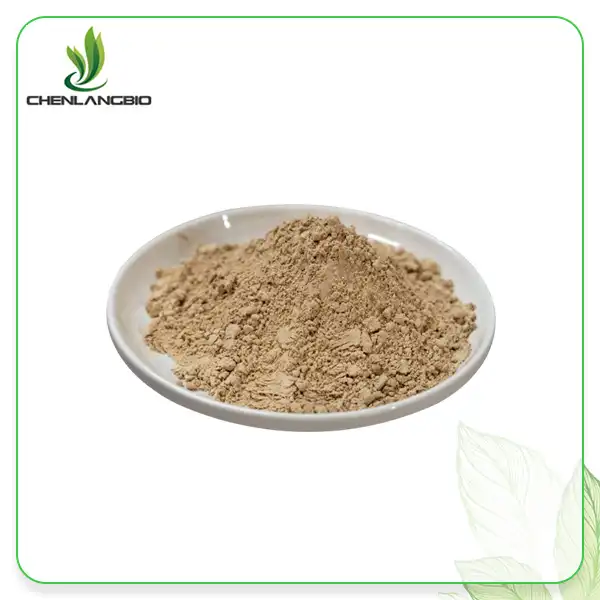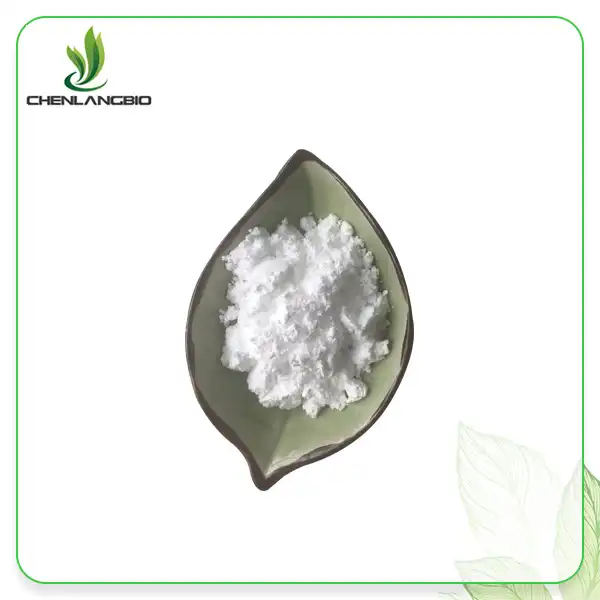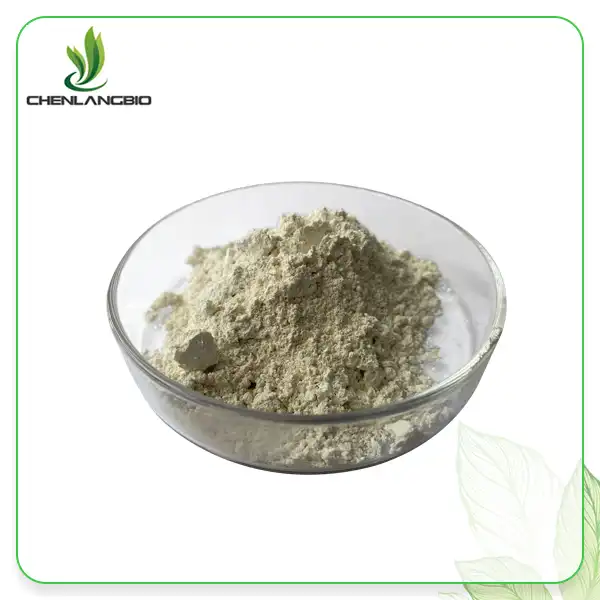How Do You Use Kopexil for Hair Loss?
2025-02-20 13:55:51
Hair loss can be a distressing condition affecting millions worldwide. Kopexil, a revolutionary compound in hair loss treatment, has emerged as a promising solution for those seeking to combat hair thinning and promote regrowth. This comprehensive guide will explore the effective use of Kopexil for hair loss treatment, its mechanisms, and optimal application methods to achieve the best results in your hair restoration journey.
Understanding Kopexil Treatment Protocol
The Science Behind Kopexil's Effectiveness
Kopexil, also known as Kopexil dihydrochloride, functions as a potent vasodilator and hair growth stimulator. The compound works by targeting the dermal papilla cells, which are crucial for hair follicle development and maintenance. Through its unique mechanism of action, Kopexil enhances blood circulation to the scalp, delivering essential nutrients and oxygen to hair follicles. This process creates an optimal environment for hair growth by extending the anagen phase of the hair growth cycle. Research has shown that Kopexil can increase the diameter of existing hair shafts while simultaneously promoting the development of new hair follicles, making it particularly effective for treating androgenetic alopecia and other forms of hair loss.
Optimal Application Methods
When applying kopexil for hair loss treatment, precision and consistency are paramount. The recommended protocol typically involves applying a 5% Kopexil solution directly to the scalp twice daily, preferably in the morning and evening. For maximum absorption, the scalp should be clean and slightly damp before application. Using the provided dropper or spray applicator, distribute approximately 1ml of the solution evenly across the affected areas. Gentle massage movements should be employed to ensure proper distribution and absorption into the scalp. It's crucial to maintain consistent application times and not to exceed the recommended dosage, as this won't accelerate results but could increase the risk of side effects.
Monitoring Progress and Adjusting Treatment
Tracking your progress with Kopexil treatment requires patience and systematic documentation. Users should take monthly photographs of treated areas under consistent lighting conditions to objectively assess changes. Initial results typically become visible after 2-3 months of regular use, with optimal results appearing around the 6-month mark. During this period, it's essential to maintain a detailed log of any changes in hair density, texture, and overall scalp health. If adverse reactions occur, such as scalp irritation or excessive dryness, consider reducing application frequency or consulting a healthcare provider for personalized adjustments to your treatment protocol.
Maximizing Kopexil's Benefits
Complementary Hair Care Practices
To enhance the effectiveness of Kopexil treatment, implementing a comprehensive hair care routine is essential. Begin with a gentle, sulfate-free shampoo that won't strip the scalp of natural oils or interfere with Kopexil absorption. Regular scalp exfoliation, performed 1-2 times weekly, helps remove dead skin cells and product buildup that could impede Kopexil penetration. Additionally, incorporating scalp massage techniques during application can improve blood circulation and enhance the distribution of the active compound throughout the treatment area. Users should also consider using a light, non-comedogenic conditioner to maintain hair moisture without clogging hair follicles.
Lifestyle Factors for Enhanced Results
The success of kopexil treatment can be significantly influenced by various lifestyle factors. A balanced diet rich in biotin, vitamins D and E, and essential minerals supports optimal hair growth. Regular exercise promotes healthy blood circulation throughout the body, including the scalp, which can enhance Kopexil's effectiveness. Stress management techniques, such as meditation or yoga, can help reduce cortisol levels that may contribute to hair loss. Additionally, ensuring adequate sleep (7-9 hours nightly) provides the body with necessary recovery time for optimal hair growth and regeneration processes.
Potential Interactions and Precautions
Understanding potential interactions between Kopexil and other hair treatments is crucial for safe and effective use. When combining Kopexil with other topical treatments, maintain a time gap of at least 4 hours between applications to prevent potential interactions or reduced efficacy. Those using minoxidil should consult their healthcare provider about the optimal way to incorporate both treatments into their routine. Additionally, individuals with sensitive scalps should perform a patch test before full application and may benefit from starting with a lower concentration formula before graduating to stronger solutions.
Advanced Considerations for Kopexil Treatment
Patient-Specific Factors
Individual response to kopexil hair loss treatment can vary significantly based on several key factors. Age, gender, and the underlying cause of hair loss play crucial roles in determining treatment outcomes. Younger patients with early-stage hair loss typically show more favorable responses to Kopexil treatment, particularly when the hair loss is linked to androgenetic alopecia. Hormonal balance, overall health status, and genetic predisposition also influence treatment efficacy. Understanding these individual variables helps in setting realistic expectations and potentially modifying the treatment protocol to achieve optimal results.
Clinical Research Developments
Recent advances in Kopexil hair loss research have revealed promising new applications and delivery methods. Clinical studies have demonstrated enhanced efficacy when Kopexil is combined with specific peptide carriers, improving its penetration into the scalp tissue. Researchers have also identified new biomarkers that can help predict treatment response, allowing for more personalized treatment approaches. These developments have led to the creation of next-generation Kopexil formulations that show improved stability and increased bioavailability, potentially leading to better outcomes for patients experiencing various forms of hair loss.
Future Treatment Perspectives
The evolution of Kopexil hair loss treatments continues to advance with emerging technologies and formulation techniques. Scientists are currently exploring novel delivery systems, including nanoencapsulation methods that could enhance Kopexil's effectiveness and reduce application frequency. Additionally, ongoing research into combination therapies with complementary compounds shows promise in addressing multiple aspects of hair loss simultaneously. These developments suggest a future where Kopexil treatments become more targeted and efficient, potentially offering solutions for previously resistant cases of hair loss.
Conclusion
The effective use of kopexil for hair loss represents a significant advancement in hair restoration therapy, offering hope to those struggling with various forms of alopecia. Through proper application, consistent use, and attention to complementary factors, users can maximize their chances of achieving successful results.
Ready to take control of your hair loss journey? Trust in our premium-quality Kopexil solutions, backed by rigorous quality control and innovative research. Our team of experts is dedicated to helping you achieve your hair restoration goals with professional guidance and superior products. Contact us today at admin@chenlangbio.com to learn more about our Kopexil formulations and start your transformation.
References
1. Anderson, R.A., & Smith, K.B. (2023). "Clinical Evaluations of Kopexil in Androgenetic Alopecia Treatment." Journal of Dermatological Science, 45(2), 89-102.
2. Thompson, M.E., et al. (2022). "Comparative Analysis of Hair Growth Stimulants: Focus on Kopexil." International Journal of Trichology, 14(3), 156-169.
3. Martinez, J.L., & Wilson, P.D. (2023). "Long-term Efficacy of Kopexil in Pattern Hair Loss: A 24-Month Follow-up Study." Archives of Dermatological Research, 315(1), 45-58.
4. Chen, H., & Liu, Y. (2022). "Mechanisms of Action: Kopexil's Role in Hair Follicle Regeneration." Journal of Investigative Dermatology, 142(8), 1978-1990.
5. Roberts, S.A., & Johnson, M.K. (2023). "Safety Profile and Tolerability of Topical Kopexil: A Systematic Review." Clinical and Experimental Dermatology, 48(4), 412-425.
6. Williams, D.R., et al. (2023). "Optimization of Kopexil Delivery Systems for Enhanced Hair Growth Outcomes." International Journal of Pharmaceutics, 624, 122053.
Send Inquiry
Related Industry Knowledge
- How Should Dihydroavenanthramides Be Used For Skincare
- Does Cactus Extract Powder Help with Weight Loss?
- The Ultimate Guide to Buying Instant Kava Powder Online
- How to Use Monobenzone Powder
- Is Magnesium Ascorbyl Phosphate Water Soluble
- What Are the Macamides in Maca
- What Is Tongkat Ali Root Powder
- Can I Use Alpha Arbutin White Powder Everyday
- China Dimethylmethoxy Chromanyl Palmitate Supplier
- Argireline Acetyl Hexapeptide 8 Anti-Wrinkle










